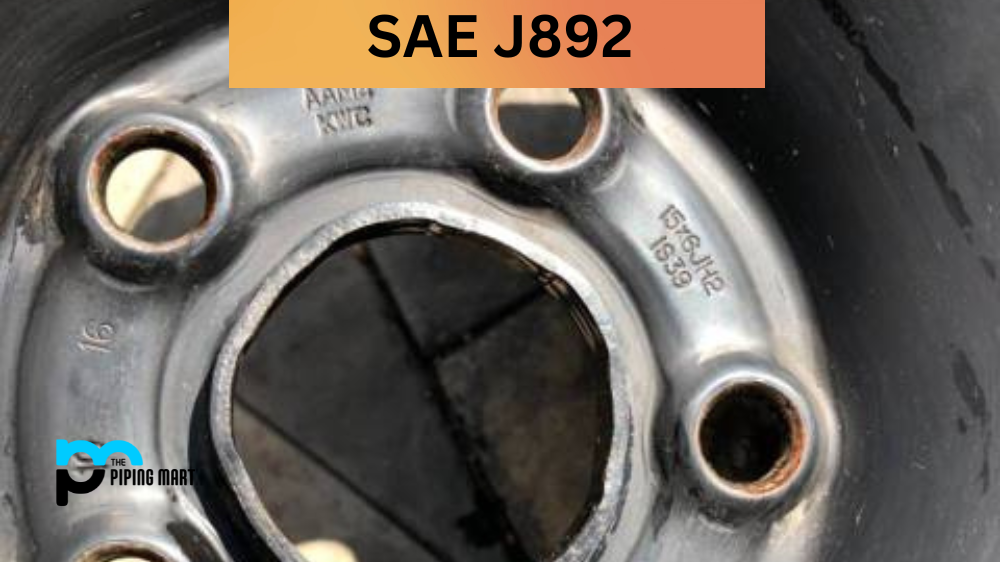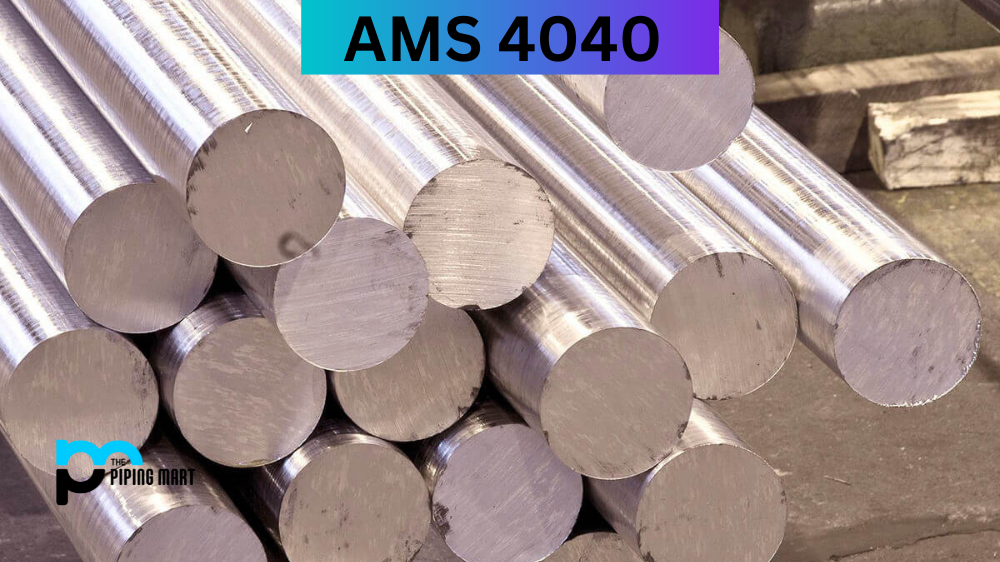Stainless Steel Hollow Hexagonal Bars, also known as SAE J892, are widely used in various industries due to their excellent qualities. Unlike other materials, SAE J892 bars possess mechanical properties and physical and chemical attributes, making them a top choice. Consequently, this article will provide everything you need about SAE J892, including its composition, physical and mechanical properties, uses, corrosion resistance, heat treatment, machining, and welding.
SAE J892 Composition
SAE J892 comprises austenitic 200 series stainless sheets of steel and a nickel-chromium-manganese-nitrogen austenitic phase. High manganese content enhances pitting resistance, making it a favourite material in marine and harsh environment applications. It is also non-magnetic, with low carbon content, which enhances its corrosion resistance properties.
SAE J892 Mechanical Properties
SAE J892 hollow hexagonal bars possess excellent mechanical properties. It has a good tensile strength that withstands extreme deformation, with a low yield strength, making it easier to use in forming processes. Its elastic modulus ranges from 190-210 Gpa, thereby giving support during loading as a structural unit.
SAE J892 Physical Properties
SAE J892 hollow hexagonal bars also possess good physical properties, making them an ideal choice in various industries. It has a density of 8.1 g/cm³, which makes it lightweight. It has a coefficient of thermal expansion of 17.3 µm/m. °C, which makes it resistant to heat.
SAE J892 Uses
SAE J892 is widely used in many industries, from automotive to marine and chemical. It is commonly used to make pump shafts, handling equipment, and propeller shafts used in boats, automotive exhaust systems, and indoor swimming pools. Its corrosion-resistant properties make it a top choice for making pipelines in oil and gas refineries.
SAE J892 Corrosion Resistance
SAE J892 has high resistance to corrosion because of its composition. It resists corrosion, cracking, pitting, and staining in acidic or alkaline environments. The material is often more acid-resistant than other metal alloys due to its unique chromium and nitrogen content, making it an ideal choice for marine and chemical applications.
SAE J892 Heat Treatment
SAE J892 is easy to weld and machine, and it can be heat treated to enhance its mechanical properties. It is best to anneal in any engineering application to alleviate potential sensitizing that depletes the chromium content, causing many defects in harsh environments.
SAE J892 Machining
SAE J892 can be easily fabricated by standard machining techniques such as turning, drilling, and milling. It requires low maintenance and can be shaped into any form with its versatile composition, making it an indispensable material in any manufacturing process.
SAE J892 Welding
SAE J892 is easy to weld, but careful handling must be taken while heating the weld material during welding. Preheating is required to prevent sensitization and reduce the potential for corrosion.
Conclusion
In conclusion, SAE J892 hollow hexagonal bars are excellent materials, and their mechanical, physical, and chemical properties make them ideal for various industries. Understanding the composition, properties, and potential applications in manufacturing and design engineering is vital. SAE J892 hexagonal bars provide excellent corrosion, heat, and chemical resistance, making it a top choice for any challenging marine or chemical application.
Meet Heer, a dynamic and driven writer learning tricks of her trade in the metal industry. With a background in Digital Marketing, Heer brings a unique perspective to her writing, sharing valuable insights. Apart from blogging she like reading and hiking.




